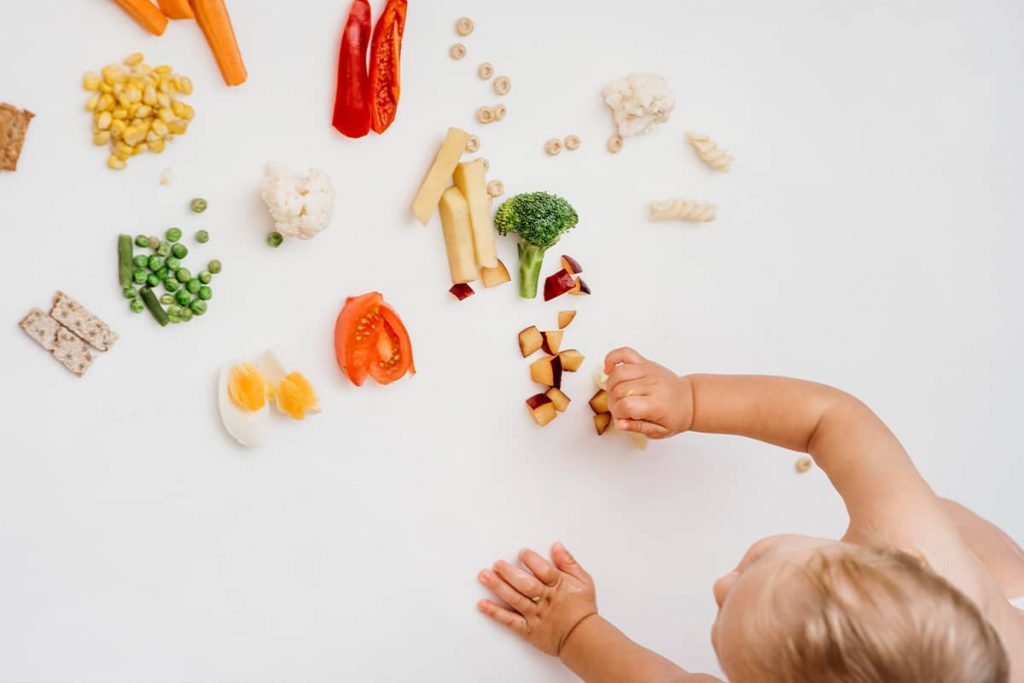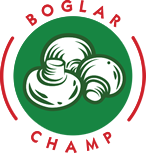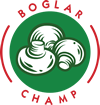Mushrooms are one of those foods you either really love or can’t stand and won’t eat. There are also many adults who simply cannot consume mushrooms because they are harder to digest. This is why it may be a problem for moms with toddlers to decide whether they should give the little ones mushrooms or not, respectively at what age and in what form they should be included in a baby’s diet.
Firstly, we would emphasize that eating mushrooms can be extremely beneficial for children, as well, since they are an excellent superfood with strong antioxidant properties, rich in B vitamins, selenium, potassium, iron, and water while having little carbs. Aside from that, they contain immune-boosting nutrients, which makes them even more valuable for a child’s developing organism.
Therefore, if we pay attention to some aspects, giving mushrooms to a toddler can be completely safe:
Only give mushrooms to children above the age of 10-12 months
Thanks to their soft texture, mushrooms can be included in a toddler’s diet as soon as they begin eating solid foods. However, because they may be harder to digest, it is recommended that we only give children mushroom dishes after turning 10-12 months, since that is when their digestive system can handle them. Even so, it is advised that we only give cooked or steamed mushrooms to children, and only in small amounts, but never raw ones. We should keep an eye on them when first trying mushrooms, in case an allergic reaction occurs, even though this is quite rare.
Purees or baby-led weaning?
Complementary feeding is not something fixed. There is no one good recipe for all babies. You can opt for the puree method, in which you give a toddler pureed fruits, vegetables or other foods, or you can choose the BLW (baby-led weaning) method, which means that you cut the foods into small pieces that are easy to chew and let the baby grab and eat them alone (while constantly watching them).
You can choose either method with mushrooms: you can give your toddler pureed mushroom meals, such as a cream soup, but you can also prepare cooked or steamed mushrooms as side dishes. If you decide not to puree the mushrooms, you should cut them in small, bite-sized pieces, therefore the baby can try eating them alone, but there is no risk of choking.

Include mushrooms gradually
Start with only one kind of mushrooms (such as champignons) and only give your toddler small amounts. If they like it, and you don’t notice any signs of a possible allergic reaction or diarrhea caused by indigestion, you can experiment with other types, as well as larger amounts.
Do not force them to eat mushrooms
As mentioned before, you either love mushrooms or you don’t, but there is rarely an in-between. Many adults won’t even eat mushrooms, while there are also people who hated them as kids but got to like them over time. This is why you should not force your child to eat mushrooms if they don’t like their taste or texture. Instead, give them some time, and try again later, one step at a time.
We hope that you found our advice helpful and after having done the complementary feeding, your kids will love mushrooms as much as we do.






